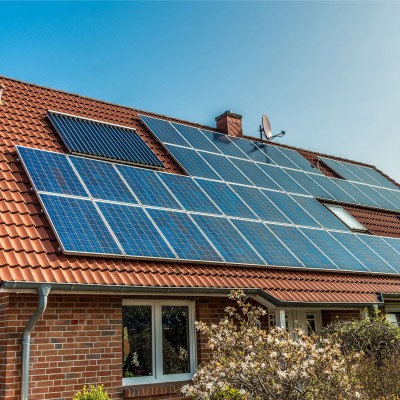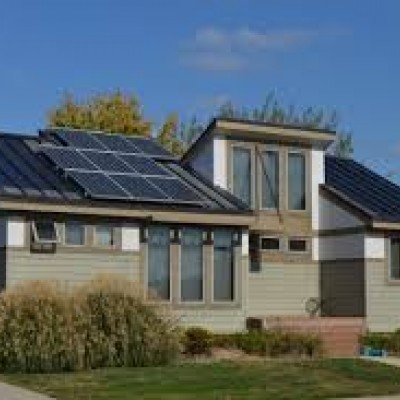The Truth About Solar
March 1, 2016

AIM recently sent a letter to their members warning about those who fear losing their "unlimited access to ratepayer money". Who were they talking about? Most folks would guess that they must be talking about the utilities... who see solar as a threat to their profit margins.
But it would most certainly not be solar developers, who have had their projects put on hold by net metering caps in 175 communities across the Commonwealth.
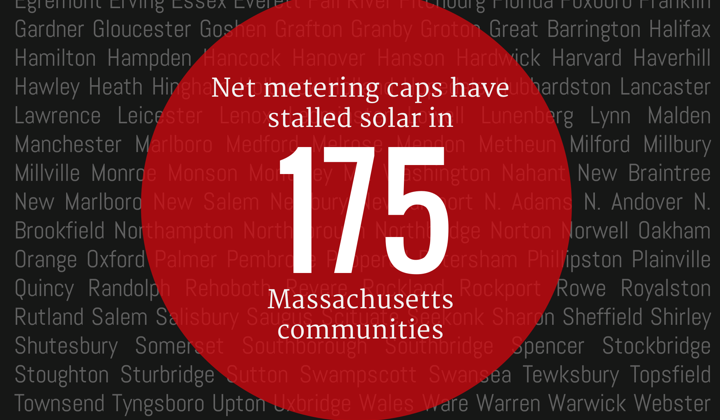
It would most certainly not be solar owners whose access to solar incentives for all but the smallest projects ended on February 1st.
It certainly would not be residential solar owners, whose access to solar incentives will end in the next few months.
AIM continues to make unsubstantiated and incorrect claims - regarding the costs of solar - while framing the argument in a way that implies that there are no benefits to solar. That we would be just as well off with more natural gas.
We shouldn't accept this framing.
1 kWh of solar electricity is not equivalent to 1 kWh of fossil fuel electricity.
Solar power provides benefits in the form of 15,000 local jobs, it provides cleaner air, cleaner water, lower health care costs, it reduces the need for transmission lines, it reduces the need for pipelines, it lowers energy price volatility and reduces our greenhouse gas emissions. The Net Metering Task Force determined (see page 195) that solar power returns between $2.20 and $2.70 to the Commonwealth for every dollar invested.
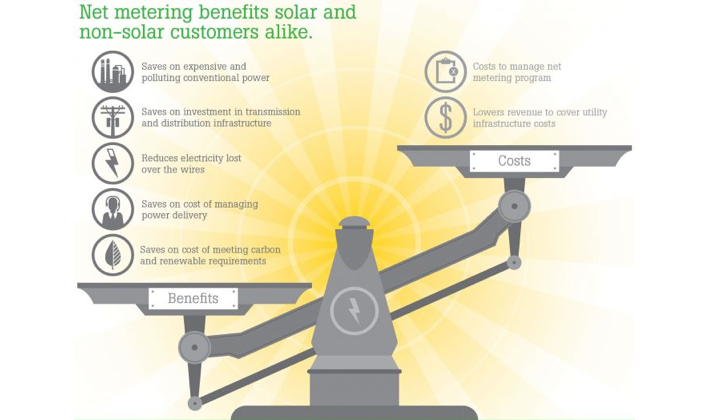
AIM's framing also implies that there are zero costs to the Commonwealth if we stop investing in solar.
Let's look at the alternatives.
We could continue with the status quo - of doubling down on natural gas generation. But we know that decision caused winter rates in Massachusetts to go from 17 cents a kWh to 24 cents a kWh - a price increase that has cost ratepayers more than $3.5 billion a year for the past two years.
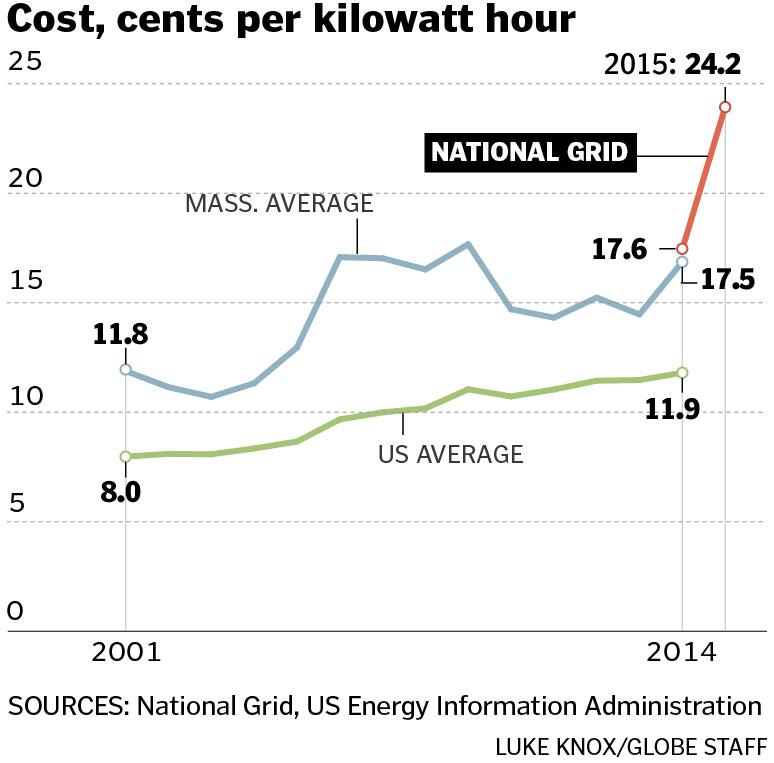
We could address this problem by approving National Grid's proposal to construct $8 billion worth of natural gas pipelines. Pipelines they claim will lower our energy costs - but will actually be used to export US natural gas to the world market - at world market prices. So then we will have to pay the cost of a pipeline and higher generation costs when natural gas rises to world market prices. And our Attorney General says those pipelines aren't needed at all.
We could spend $7.6 billion to build the many proposed transmission lines needed to bring hydro power down from Canada. But we should remember that on those really cold winter days during the Polar Vortex that Canada curtailed the export of power to New England 24 times in January alone. So we may build and pay for new transmission lines that don't deliver the power when it is really needed.
We should look carefully - when FERC has launched investigations into our transmission costs and they point to the fact that the last 11 transmission projects done by National Grid and Eversource were projected to cost $2.2 billion, but ended up costing us all $3.9 billion.
We should look carefully - when FERC says it is investigating why ISO-NE transmission costs are double the next highest region in the country and stating that they find ISO-NE's Transmission tariff is "unjust, unreasonable, and unduly discriminatory or preferential."
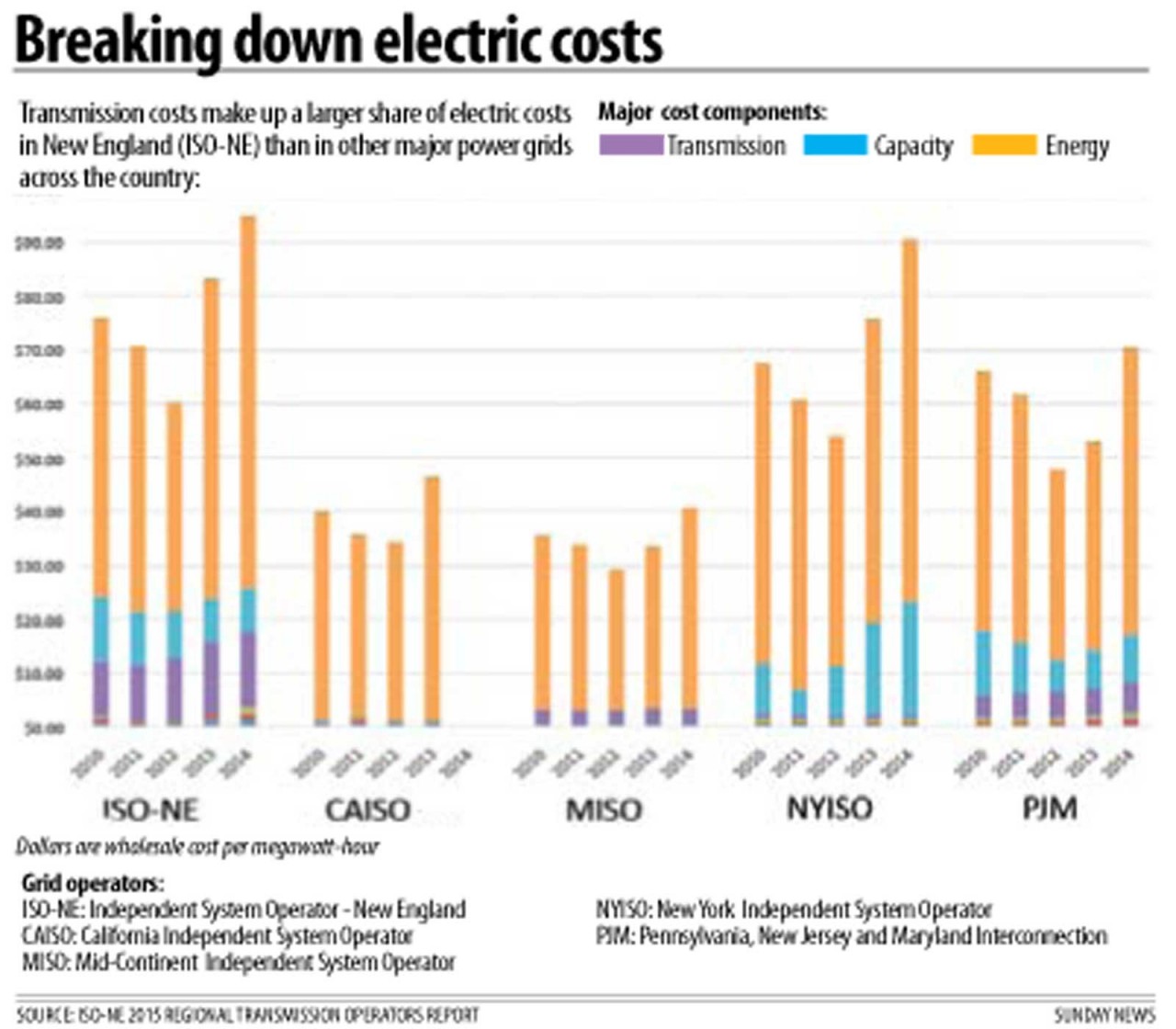
Download a PDF of this blog post here.

